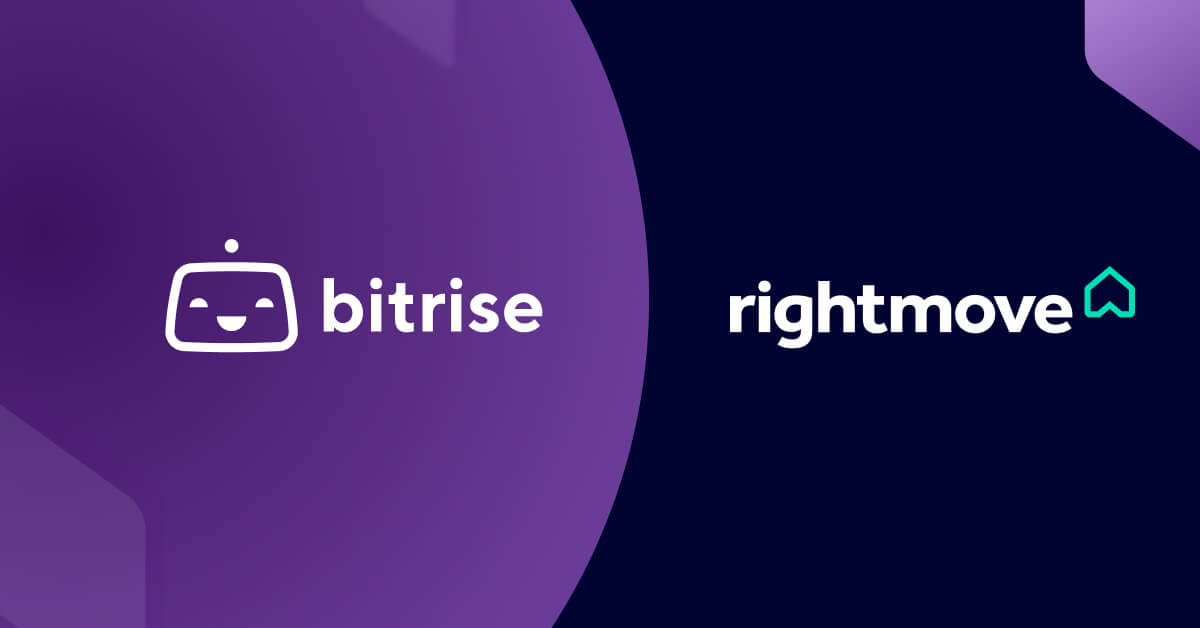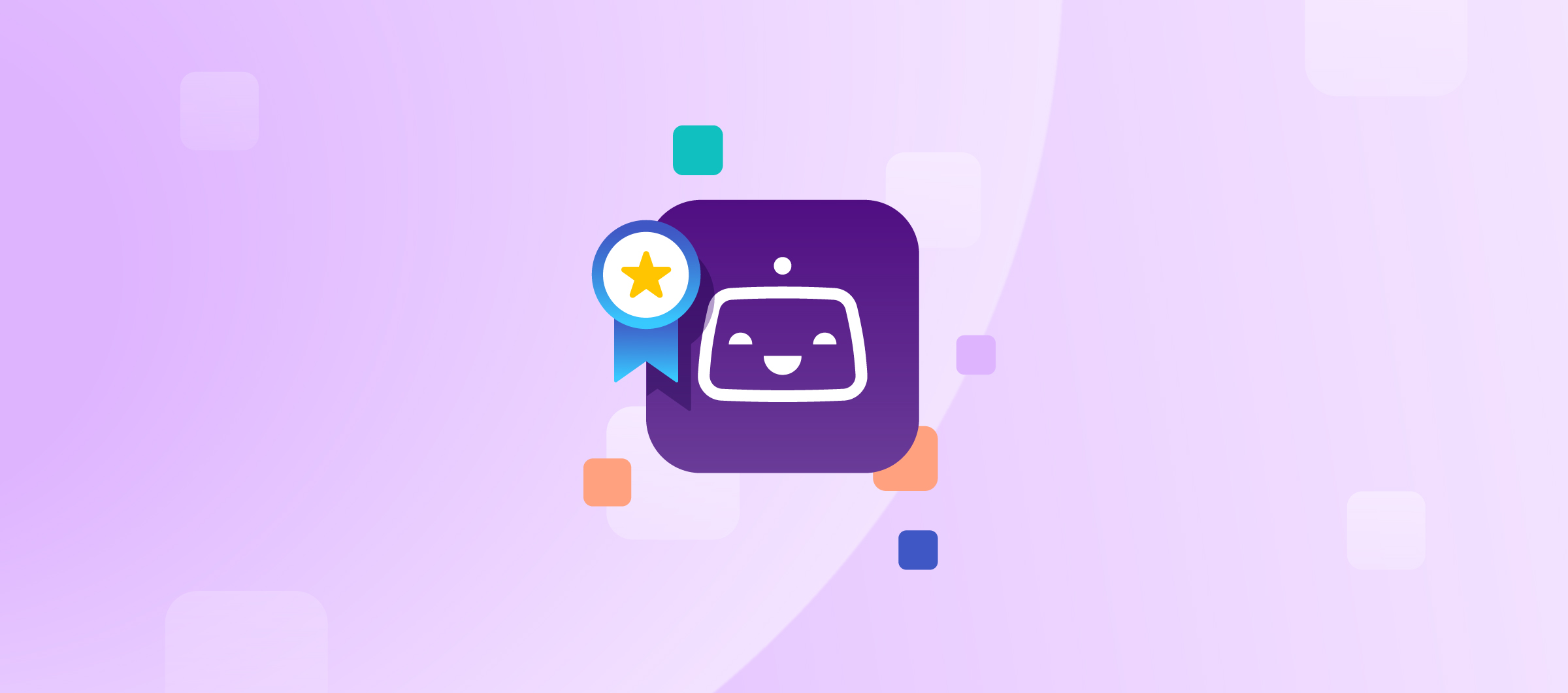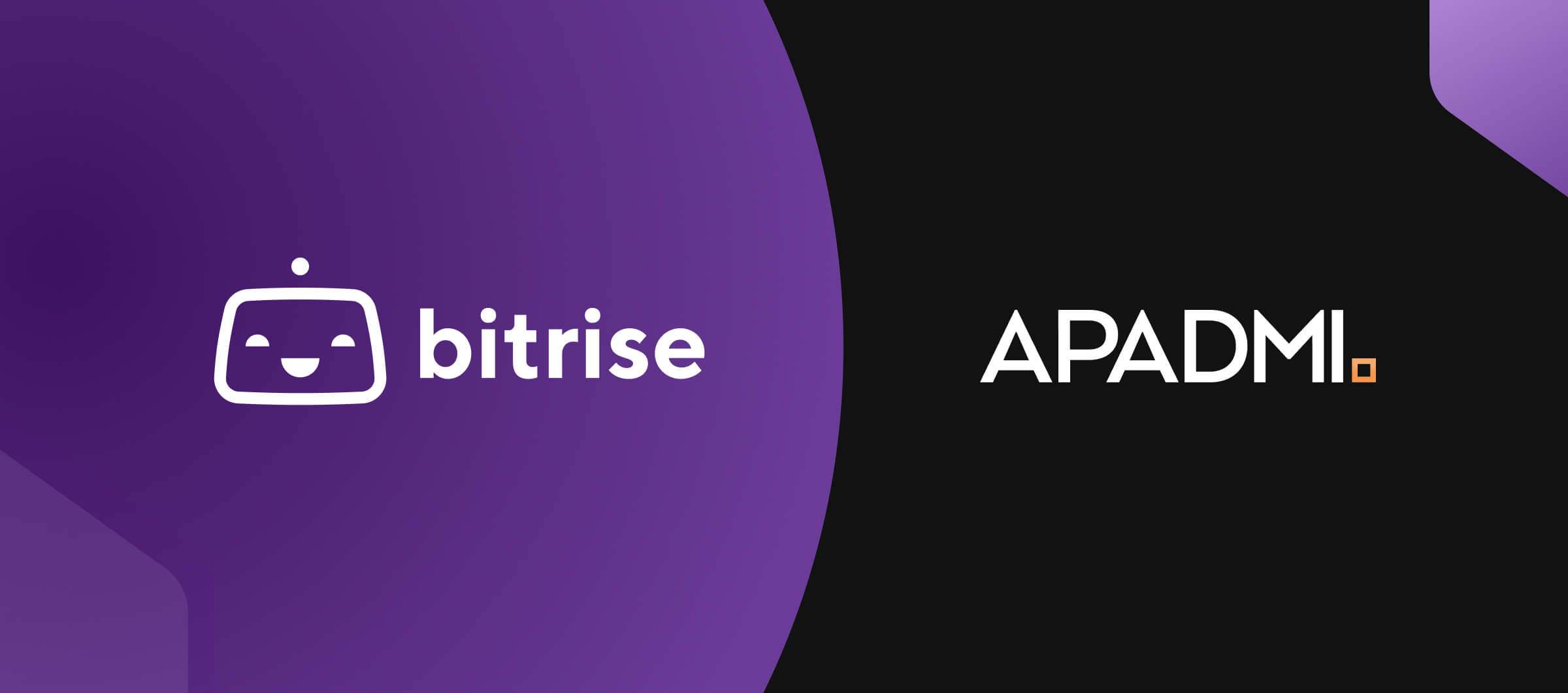Last week was Google I/O 22. It would be impossible to write all the awesome things that happened, but I summarised some of the most important things I learned below. As well, our Head of Developer Relations Rob Hedgpeth did amazing recap videos with the Google Developer Expert Tadas Petra during the event for day 1 and day 2 you can watch them on demand.
Let's see a recap!
Google started the event with the keynote by Google’s CEO Sundar Pichai where he showed the support of the community in different countries such as Ukraine, India, and Bangladesh.

One of the most interesting topics was the announcement that Google Maps will support the Immersive view powered by Google Cloud Immersive Stream.

They also announced that with echo-friendly routes 86 billion miles can be traveled in the United States and Canada, reducing carbon emission and saving money on gas. And they are expanding it this year to cover Europe as well.

YouTube: the number of videos with auto-generated chapters will increase from 8 million today to 80 million next year and auto-translated captions on are now available in 16 languages.
Google Workspace: they announced automated summarization in Google Docs
Google Chat: also auto summarizes the conversations. Google Meet will be released next month.
Google Meet: different improvements with AI and ML to enhance the video quality.
Google Search: they launched MultiSearch, and later this year, will launch Multiseach near me for local search with features such as:
- Insights overlay
- launch MultiSearch near me scene exploration
They also announced different updates about new hardware devices including:
- Pixel 6a to be released this summer
- Pixel Buds Pro to be released this summer
- Pixel 7 and Pixel 7 Pro to be released this fall
- Pixel Watch to be released this fall
- Pixel Tablet to be released in 2023
- Preview of Google Glasses doing real-time language translation



What’s new in Android?
During the session, they announced a few updates related to Jetpack such as JankStats (Alpha), a new library in Jetpack to track and analyze bank performance problems in the app’s UI. And to make the Android app load faster they created Baseline Profiles for the startup and performance improvements.

Room 2.4.2 is released in a stable version for the database persistence layer and designed for usability, safety, and testability.

During Google IO 2022, they announced changes with the Fragment APIs. They released Compose 1.2 beta to support more advanced use cases like downloadable fonts, nested scrolling Interop and supports different tools in Android Studio such as Live Edit, Recomposition debugging, and Compose Animation Preview. To learn more about how Compose works you can watch the Common Performance gotchas in Jetpack Compose and Lazy Layout in Compose.

The large screen is a hot topic to make our mobile apps support all sizes. And because of that, at Google I/O this year they had different talks about large screen sizes, such as designing apps for large screens to learn about key optimizations for adapting apps to large screen devices. This could apply to tablets and foldables using the Canonical Layouts, Activity Embedding, SlidingPaneLayout, Navigational or Jetpack DragAndDrop. And for testing the app, you can use Resizable Emulator or the new Desktop Emulator.



Android 13 beta 2 is now available 🎉 with new enhancements to minimize the data access by introducing the notification permission and no runtime permission needed for Photo Picker. Learn more about this topic in detail from developing privacy user-centric apps session.

They also announced the privacy sandbox on Android including the SDK runtime and privacy preserving APIs.

More information can be found in the Overview of the Privacy Sandbox on Android.
Additionally, they introduced new automatic the app restriction levels to monitor the resources that abusive apps.

What’s new in Android and machine learning?
There are different updates with MLKit related to the hardware acceleration such as pose detection (Beta), object detection, and tracking pose detection. And, the text recognition V2 (beta) now supports 37 languages used by 4.9 billion users. Also, they introduced a new Google code scanner to easily scan barcodes or other codes with no need to request camera permission.

And one of the interesting features released at Google IO 2022 was TensorFlow Lite in Google Play services, which helps us to minimize the APK size and help us with regular performance improvements.
There are other announcements related to the Android Camera, Android media, Accessibility, Google Wallet, and developer API features.
What’s new in Google Play?
There are different updates announced during the Google I/O for Google Play services to increase the quality and build a successful business, such as Android vitals integrated with Firebase Crashlytics to improve the app's health and performance.

Google also introduced the device catalog where the can now customer store listing with deep links for faster results and finer controls.
What’s new in Android development tools?
This is the favorite part for the Android developers; it’s the Android development tools and learning about what’s new and what has improved. Google started with the roadmap and the goal is to continuously heavily focus on the stability and quality of Android Studio by fixing 1,600+ bugs, and several memory leak issues.
Then Google introduced a new release from Android Studio Bumblebee with the following highlights:
- Released to stable at the beginning of the year
- Launched a new, integrated device manager
- Added support for animated vector drawable in the design tools
- Added the ability to pair devices via Android Debug Bridge (ADB) over wi-fi
- Other stuff
- Emulator tool window
- Instrumented tests
- Profitable apps
- Layout Inspector snapshot
- And loads of other things

Next, the Android Studio Chipmunk released just landed in the stable release channel with the following features
- Compose Animation Preview
- Jank detection
- If your app suffers from slow UI rendering, then the system is forced to skip frames. When this happens, the user perceives a recurring flicker on their screen, which is referred to as Jank.

Then, they announced the latest release; it’s Android Studio Dolphin Beta and Electric Eel.

The main features in Android Studio Dolphin are:
- Build Analyzer feature
- Disabling the Jetifier can decrease incremental build times by 10%
- For faster builds, use the latest version of Android Gradle Plugin (AGP)
- Build optimizations
- Lint is fully cacheable - this makes running Lint via CI/CD much faster
- New emulator system images that have been optimized for testing
- Emulator won’t launch with some of the other services and apps (Settings app, Google Mail, Maps app, etc.)
- Stable support for M1’s machines
And for Android Studio Electric Eel are:
- Profiling demo’s
- Jank profiling
- Watch emulator
- Currently working on supporting BlueTooth via emulators
- Resizeable emulator - more focus on supporting large screen and foldable devices
- Layout validation features
- Live edit (aka hot reload)
- Cool demo switching between phone, tablet, and foldable

What’s new in Flutter?
They announced Flutter 3 🔥 and a lot of improvements and enhancements including the following:
- Stable-quality support for macOS and Linux apps
- Flutter web improvements
- App lifecycle API
- Faster image decoding and scrolling
- Material 3 widgets
- Foldable device support
- Flutter Casual Gaming Kit - Flutter for games\Dart language improvements
- Dart language improvements
What’s new in Firebase?
Truly, Firebase is one of my favorite Google products. It includes different services that help mobile developers to accelerate app development and run apps with confidence. In I/O this year, the Firebase team introduced the Firebase Extensions Events (Beta) to extend the functionality in the run time with your own custom business logic no matter how complex.
They also announced new Firebase Extensions from Stream, RevenueCat, and more.


And for web developers, Google announced Firebase Hosting Web Updates (Preview) to improve the integration between Firebase and the web frameworks such as Angular and Next.js.
Flutter plugins are now in general availability including improvements in Crashlytics and they updated Firebase to fully embrace the modern Swift language, now if you are an Apple developer you can easily use the latest Swift features along.
And the App Check is now in general availability and supports Play Integrity API that enabling you to take advantage of more anti-abuse signals.

Firebase App Distribution has graduated from beta to general availability to simplify the beta testing workflow. This gives you the power to customize it to suit your needs with new in-app update notifications for the testers to notify them of the new versions and releases.
Firebase Performance Monitoring also has graduated from beta to general availability.Performance Alerts will send you an email when the performance metrics cross a specific threshold.

And finally, there is a new integration between Crashlytics and Android with a new Android Studio App Quality Insights window in the new version of Android Studio Electric Eel Preview.

There was another interesting session during Google IO 2022 about how to ship stable features with Firebase, which describes how to use Firebase Remote Config to release features quickly with the feature flags concept.
What else is new with Google?
Learning Labs and Workshops
During the Google IO event, attendees were provided with a lot of workshops to grow their knowledge and skills around Google technology they love.
You can have hands-on labs and codebase at any time to deep dive into the Google products to accelerate your skills.
I/O Adventure
Google created an entirely digital representation of I/O under the Community Lounge tab called Adventure. You could wander a virtual I/O village, interact with people, collect items, and read more about the items announced.

I/O Pinball

I/O Pinball is a fun and free game celebrating Android, Chrome, Flutter, and Firebase. The game covers three major areas because it is a web app (Chrome), built with Flutter, and uses Firebase for hosting and the high scoreboard. Moreover, the game is open source if you want to see how it was done.

Read more about the game from the Very Good Ventures team.
Attendance
Google made I/O 2022 completely free and available for anyone to join with a limited number to attend the live keynote. Most of the scheduled sessions were US time zone focused, however, they had replays of these broadcasts during other time zones later in the event to include as many people as possible.
I hope that you enjoyed the Google I/O event and didn’t miss any important announcements. In case you did, you can watch our Google I/O playlist for all the announcements and also all the sessions on-demand at Google’s website.
Thank you for reading and happy learning!




